
Preços apresentados são para exportação e não contemplam impostos e frete. Para aquisição no mercado nacional, impostos e frete serão acrescidos e apresentados no checkout antes da conclusão da compra.
Showing 17–29 of 29 results
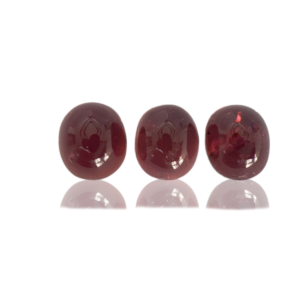
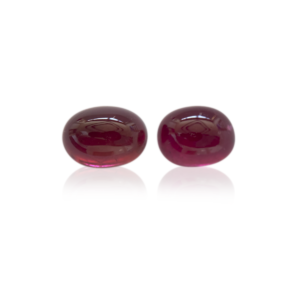
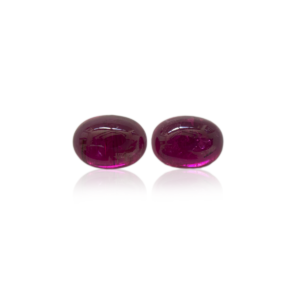
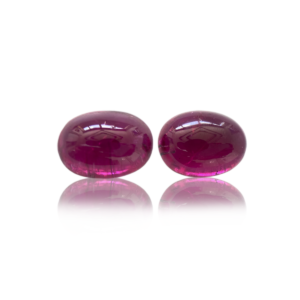
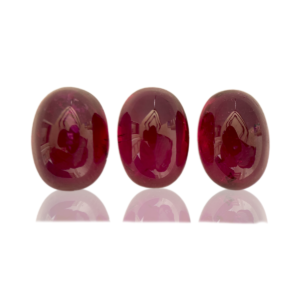
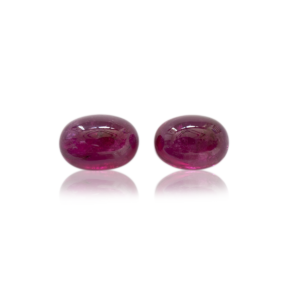
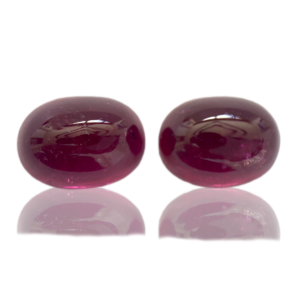
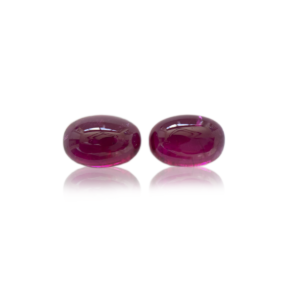
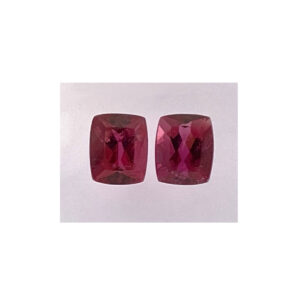
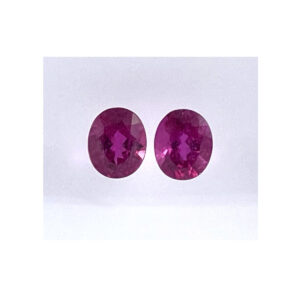
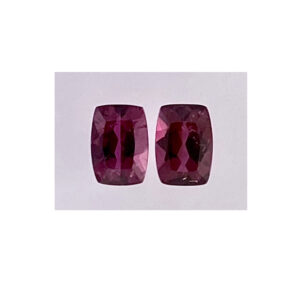
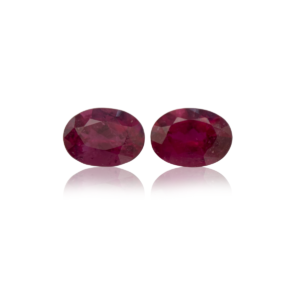

Name Origin: Tourmaline that has its name originated from Latin for being reddish.
Main Colors: Red coloration with medium-strong intensity, usually with a lilac, orange or brownish overshade.
Producing Countries: Rubelite deposits are found in pegmatites and alluvial deposits. The most important supplier is Brazil (Minas Gerais, Paraíba and Rio Grande do Norte). The main mine in Brazil is located in the municipality of São José da Safira, MG and is called Mina do Cruzeiro. There are deposits in Madagascar, Mozambique, Nigeria, Afghanistan among others.
Common Shapes: Oval, drop and antique are the most common. As rubellite is usually found in nature with many inclusions, it is avoided to cut it in rectangular or square format, as the cracks and needles become are more visible. For this same reason, it is cut many times in cabuchons.
Usual Treatment: irradiation, usually by gamma rays, strengthening pale colors to red; it is also common to use colorless oils and resins to improve transparency.
| Species: | Medium to strong intensity red species of the tourmaline group |
|---|---|
| Hardness of Mohs: | 7/7,5 |
| Specific Density: | 3,06 (+0,15 / -0,05) |
| Cleavage: | None. |
| Fracture: | Uneven, conical, brittle |
| Crystal System: | Hexagonal (trigonal) usually elongated crystals with triangular sections and rounded faces, clear striations parallel to the main axis; often, several prisms grow together. |
| Chemical Composition: | (NaLiCa)(Fe₁₁MgMnAl)₃Al₆[(OH)₄(BO₃)₃Si₆O₁₈)]Aluminum complex borosilicate of variable composition. |
| Transparency: | Transparent to opaque |
| Refractive Index: | 1,624-1,644 |
| Birefringence: | 0.020 |
| Dispersion: | 0,017 |
| Pleochroism: | Red, dark red, and light red. |
| Luster: | Vitreous |
| Fluorescence: | Weak or none |
Belo Horizonte – MG


